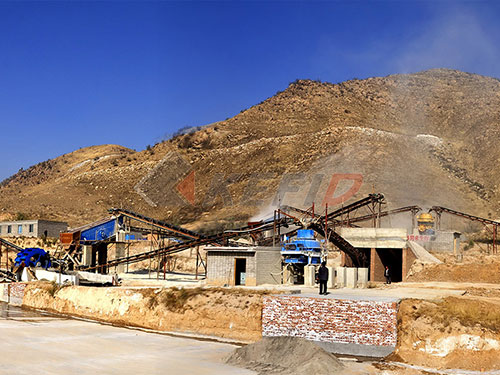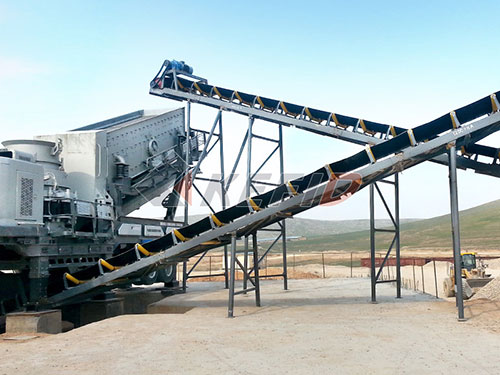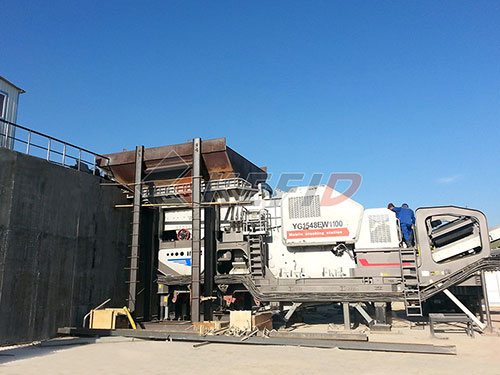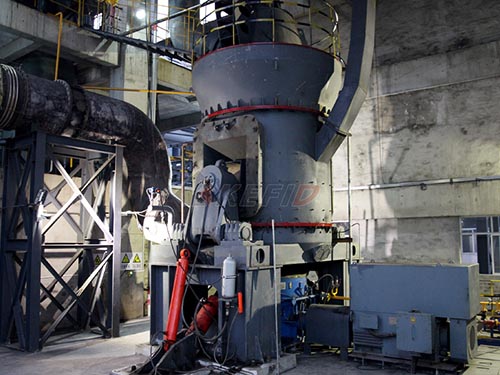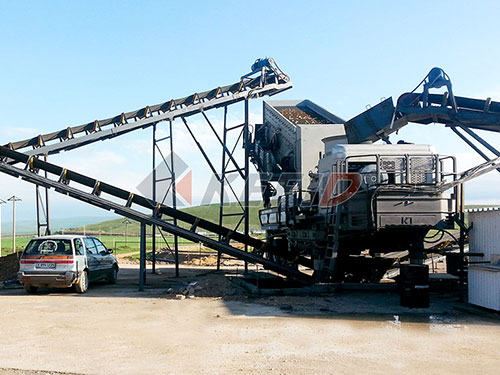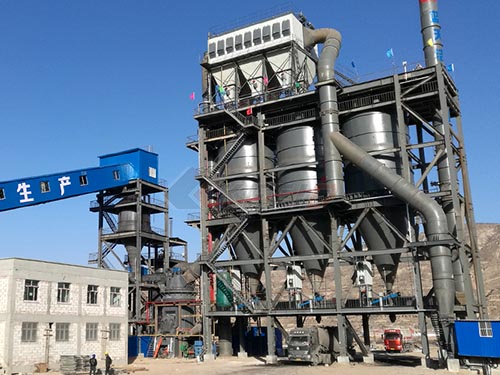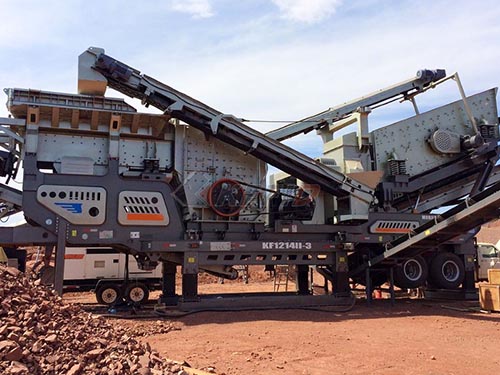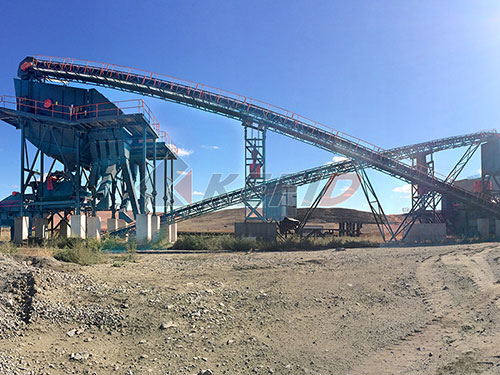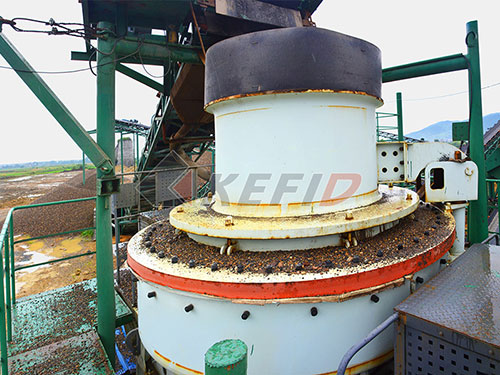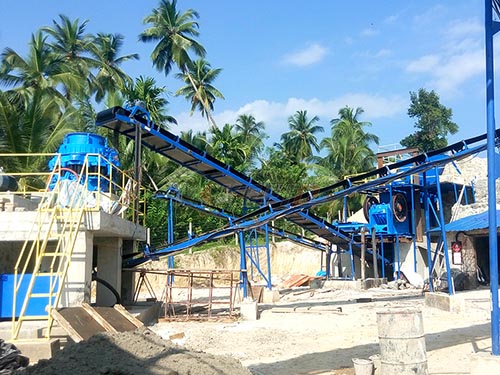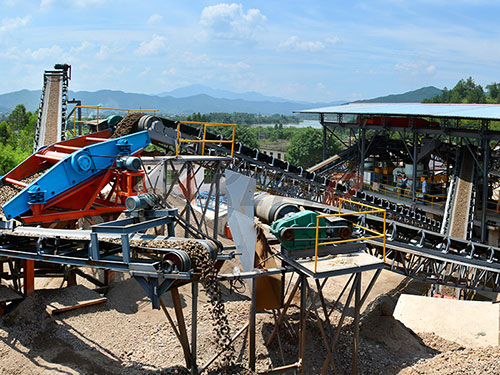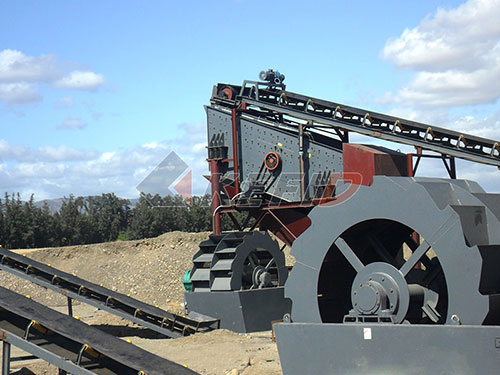
Beyond the Crush: Zenith China’s Engineering Excellence in Crushing Machinery
China’s rapid industrialization and infrastructure boom have created an unprecedented demand for robust aggregate processing solutions. At the heart of this transformation lies crushing machinery – the essential workhorses turning raw rock into the building blocks of modern development. Among the prominent names shaping this landscape, Zenith stands out not merely as a manufacturer, but as a significant contributor to technological advancement and operational efficiency within the global crushing sector.
Zenith has established itself as a leading force in designing and manufacturing high-performance crushers tailored for diverse applications – from hard rock quarries producing construction aggregates to mineral processing plants handling ores. Their extensive portfolio encompasses:
1. Jaw Crushers: Renowned for ruggedness and reliability in primary crushing stages, models like the PE series are engineered for high capacity and reduced downtime.
2. Impact Crushers: Offering versatility for producing cubical aggregates suitable for concrete and asphalt production.
3. Cone Crushers: Delivering precision secondary and tertiary crushing with advanced hydraulic systems for consistent product size control.
4. Mobile Crushing Plants: Integrating crushers with screening units on tracked or wheeled chassis, providing unmatched flexibility for on-site processing needs.
Engineering Distinction: Beyond Basic Machinery
What elevates Zenith beyond commodity suppliers is its demonstrable commitment to engineering excellence:
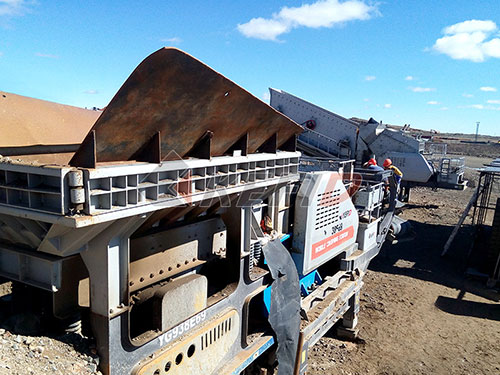
Material Science & Durability: Utilizing high-grade alloys and advanced heat treatment processes ensures critical components withstand extreme operating conditions, significantly extending service life.
Optimized Chamber Design: Computational modeling refines crushing chamber geometry across different models (jaw, cone, impact), maximizing throughput while minimizing energy consumption per ton processed.
Intelligent Automation: Integration of PLC control systems allows operators precise adjustment of settings like CSS (Closed Side Setting) on cone crushers or rotor speed on impactors remotely, optimizing performance in real-time based on feed material variations.
Focus on Efficiency & Sustainability: Modern Zenith designs prioritize energy efficiency through optimized kinematics and drive systems directly translating into lower operational costs and reduced environmental footprint – a critical factor globally.
Global Support Infrastructure: Recognizing that reliability extends beyond the machine itself, Zenith invests heavily in comprehensive after-sales support networks worldwide, ensuring parts availability and technical expertise when needed.
Market Impact & Global Recognition
Zenith equipment has become integral to countless projects across continents:
Large-Scale Infrastructure: Supplying aggregates for highways (like China’s vast expressway network), high-speed rail projects


